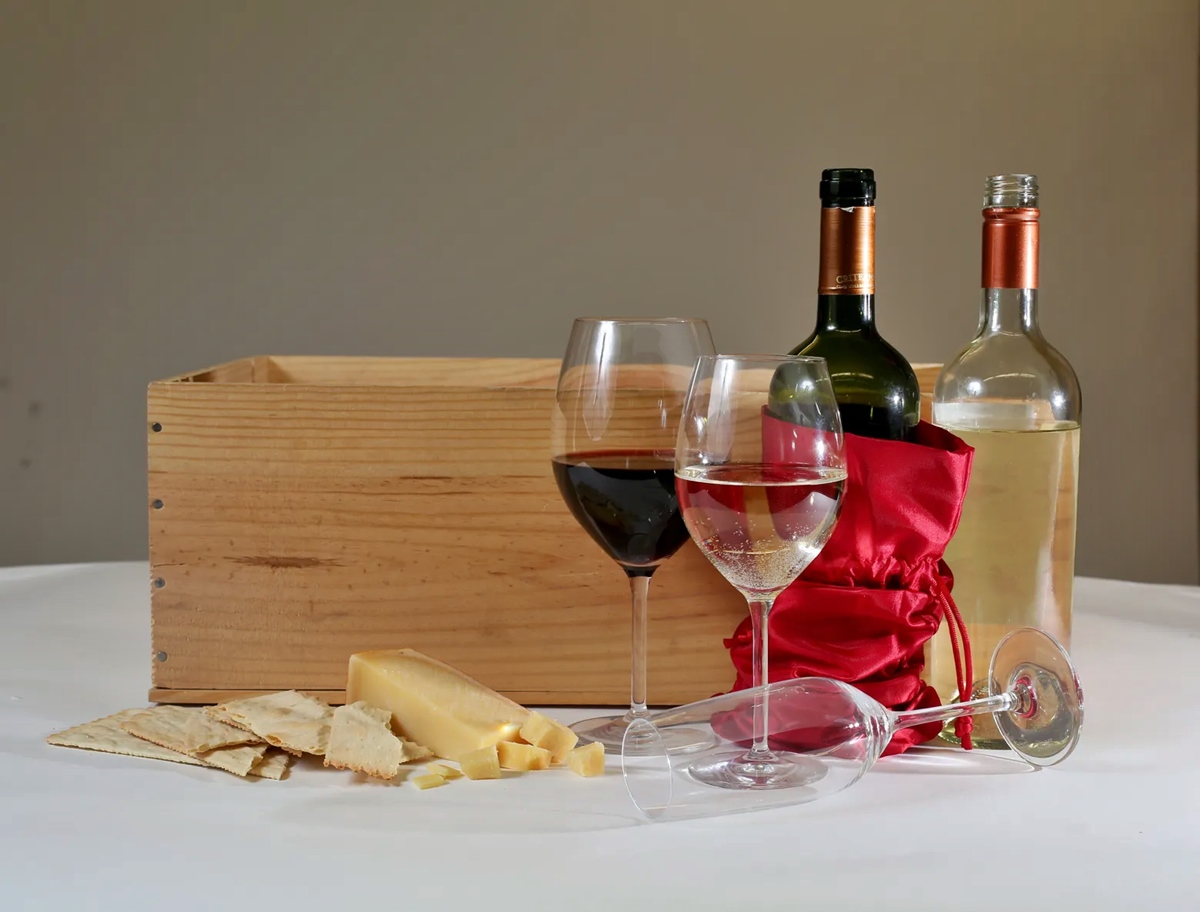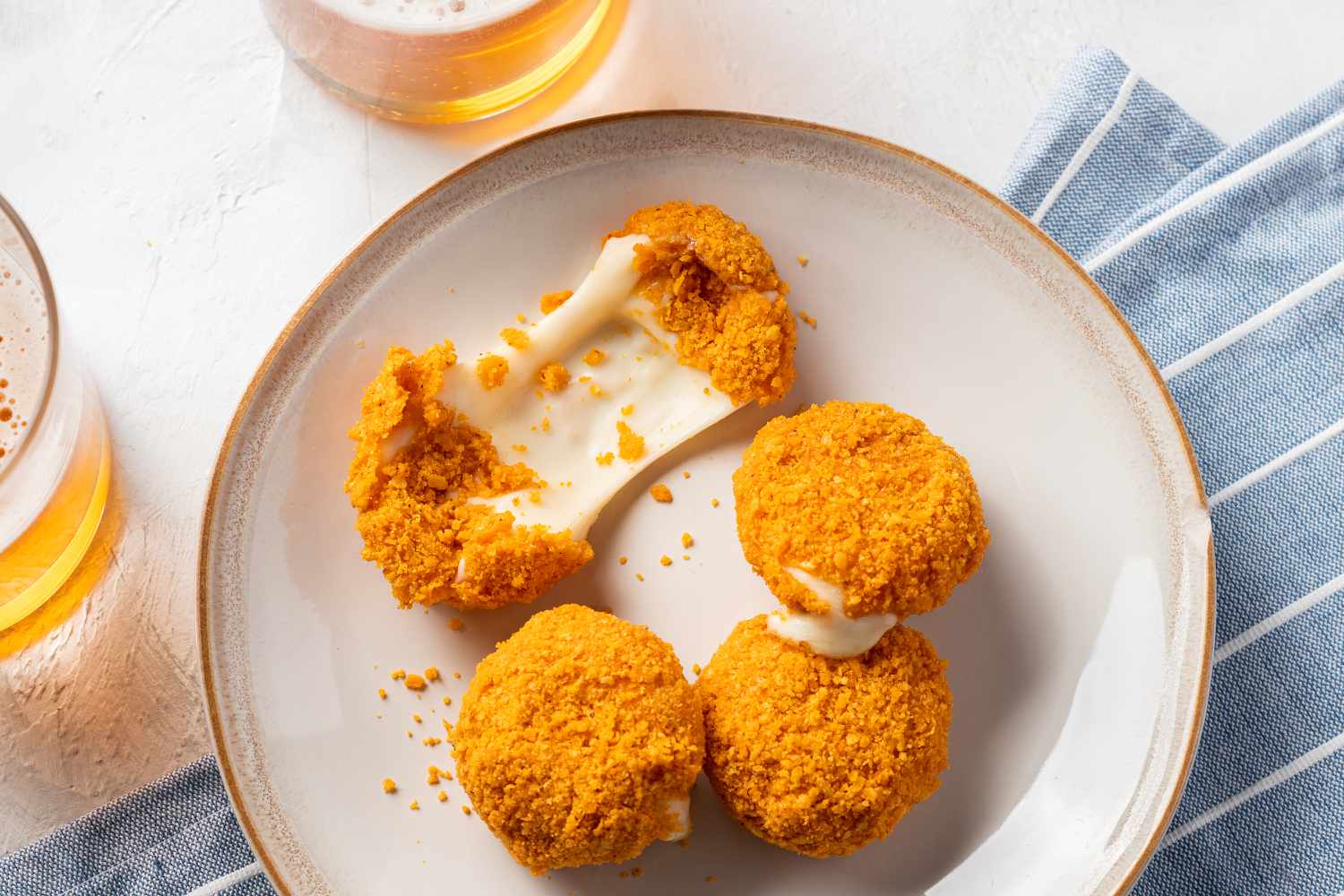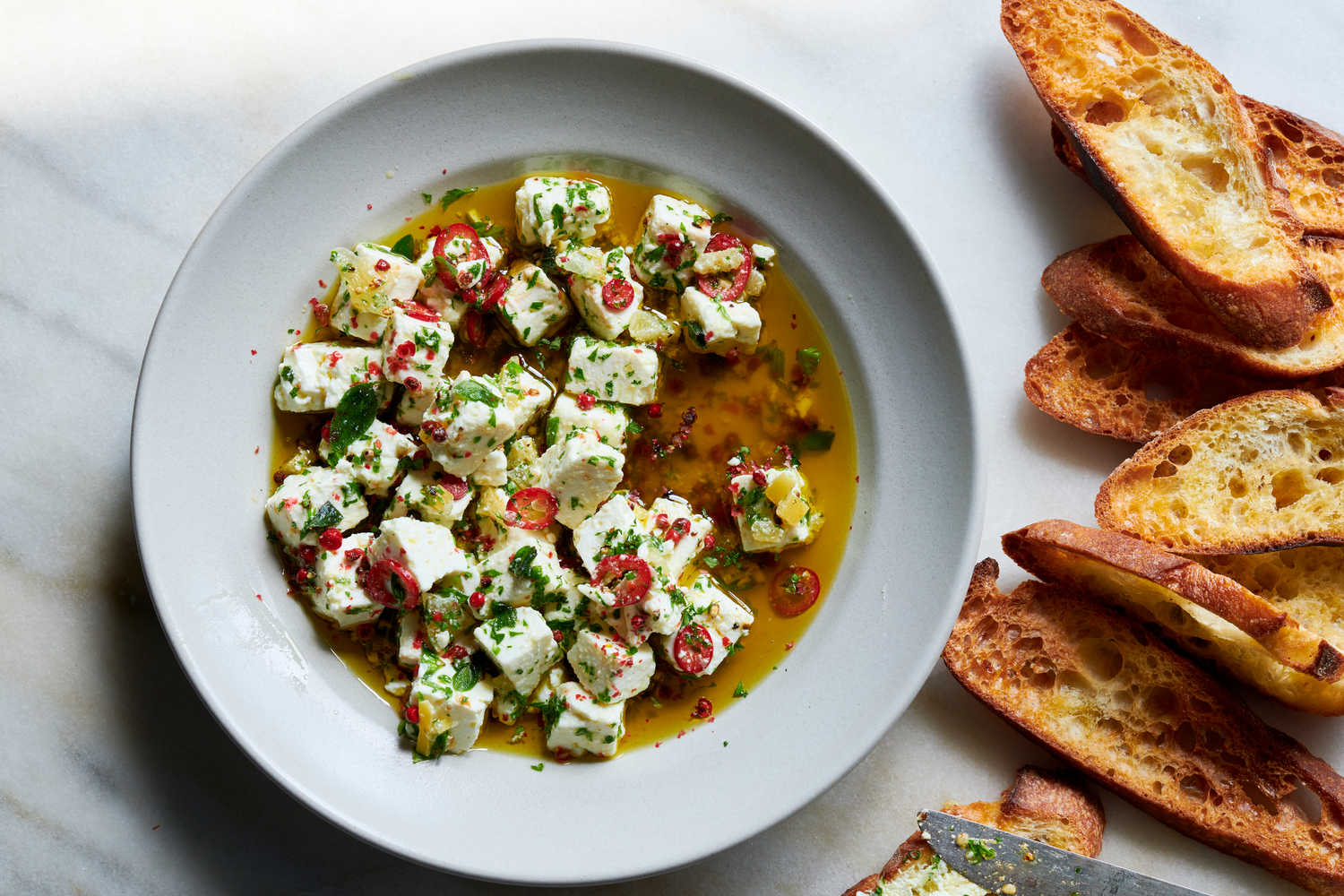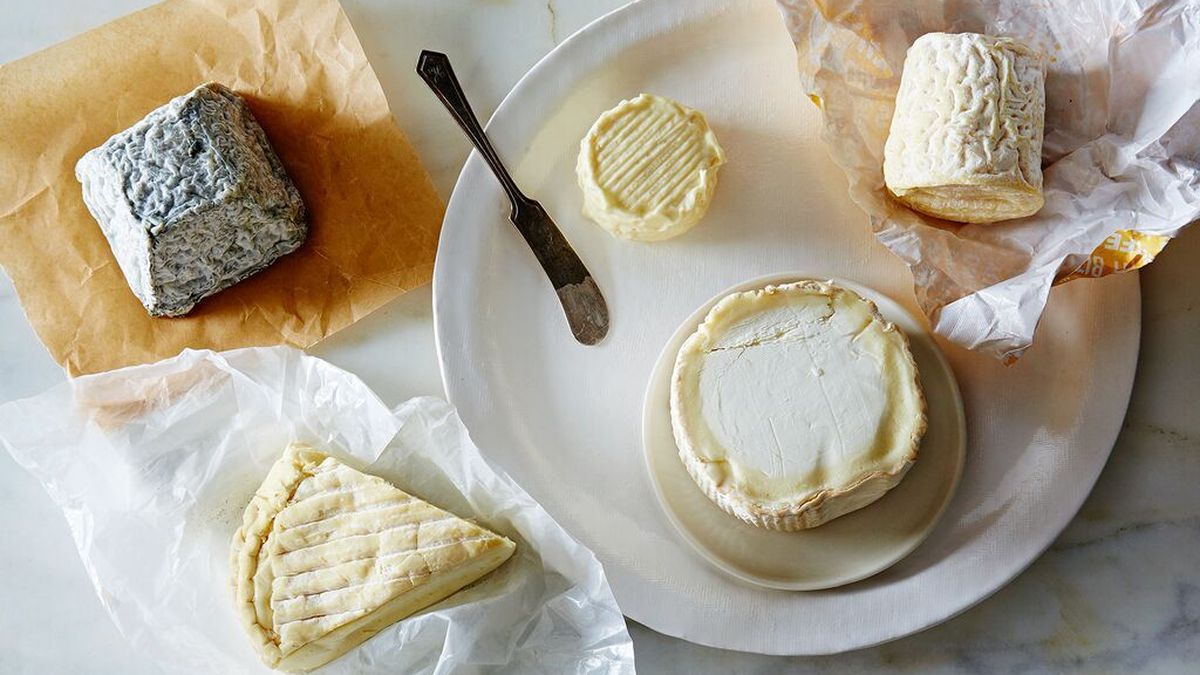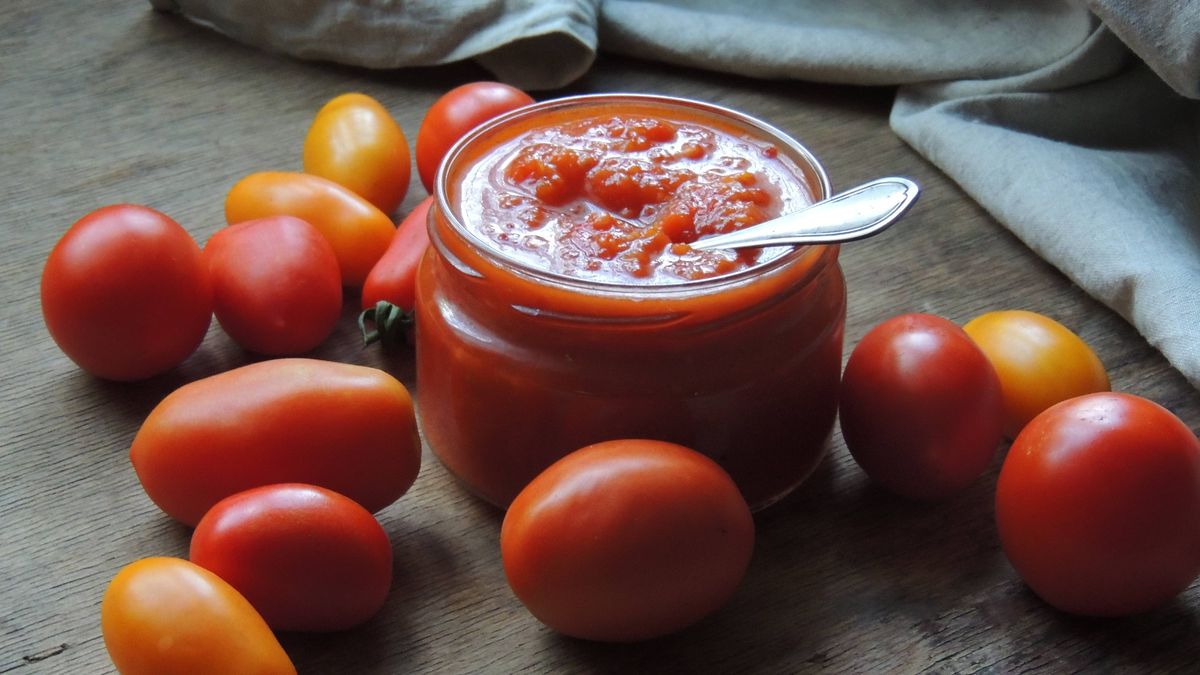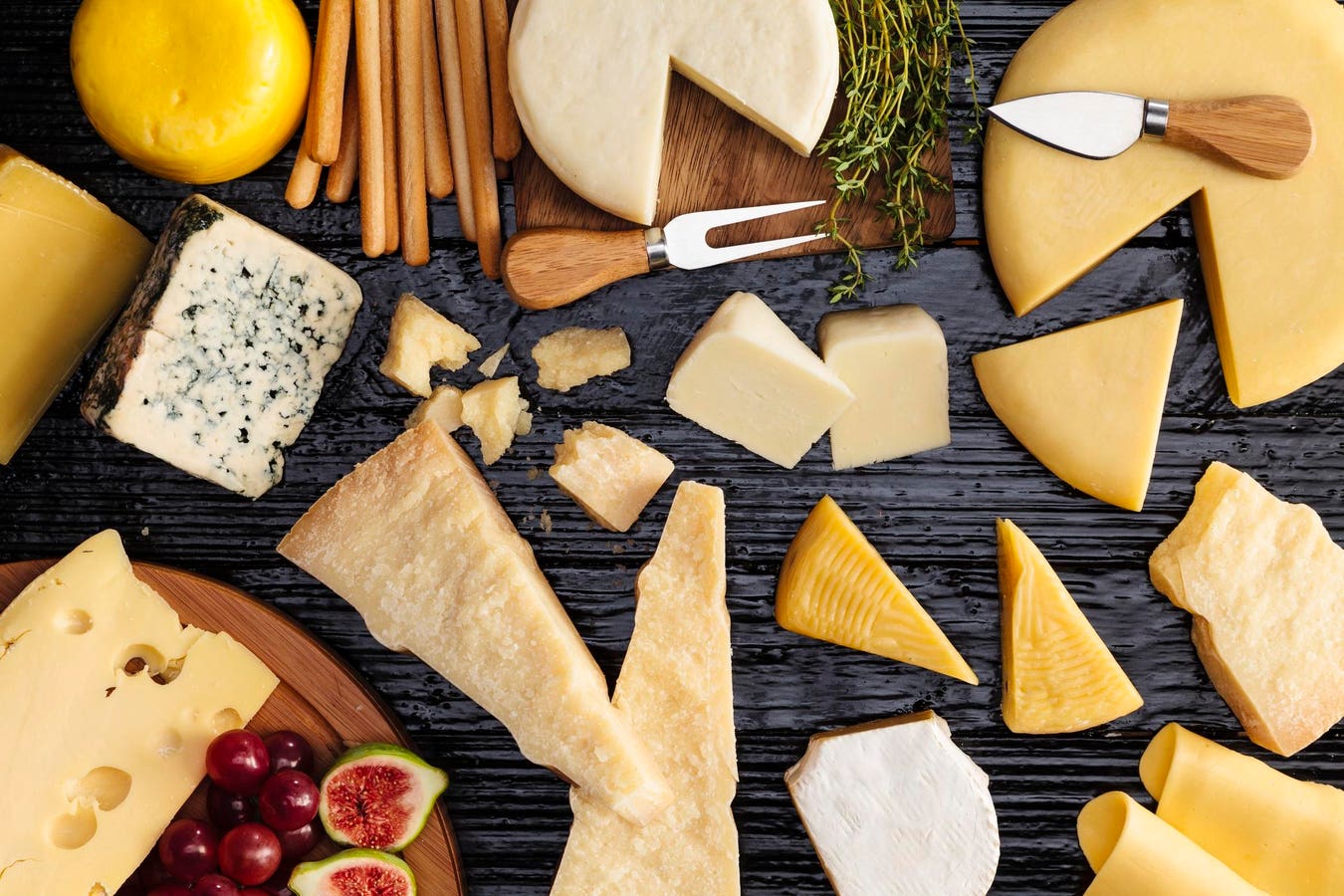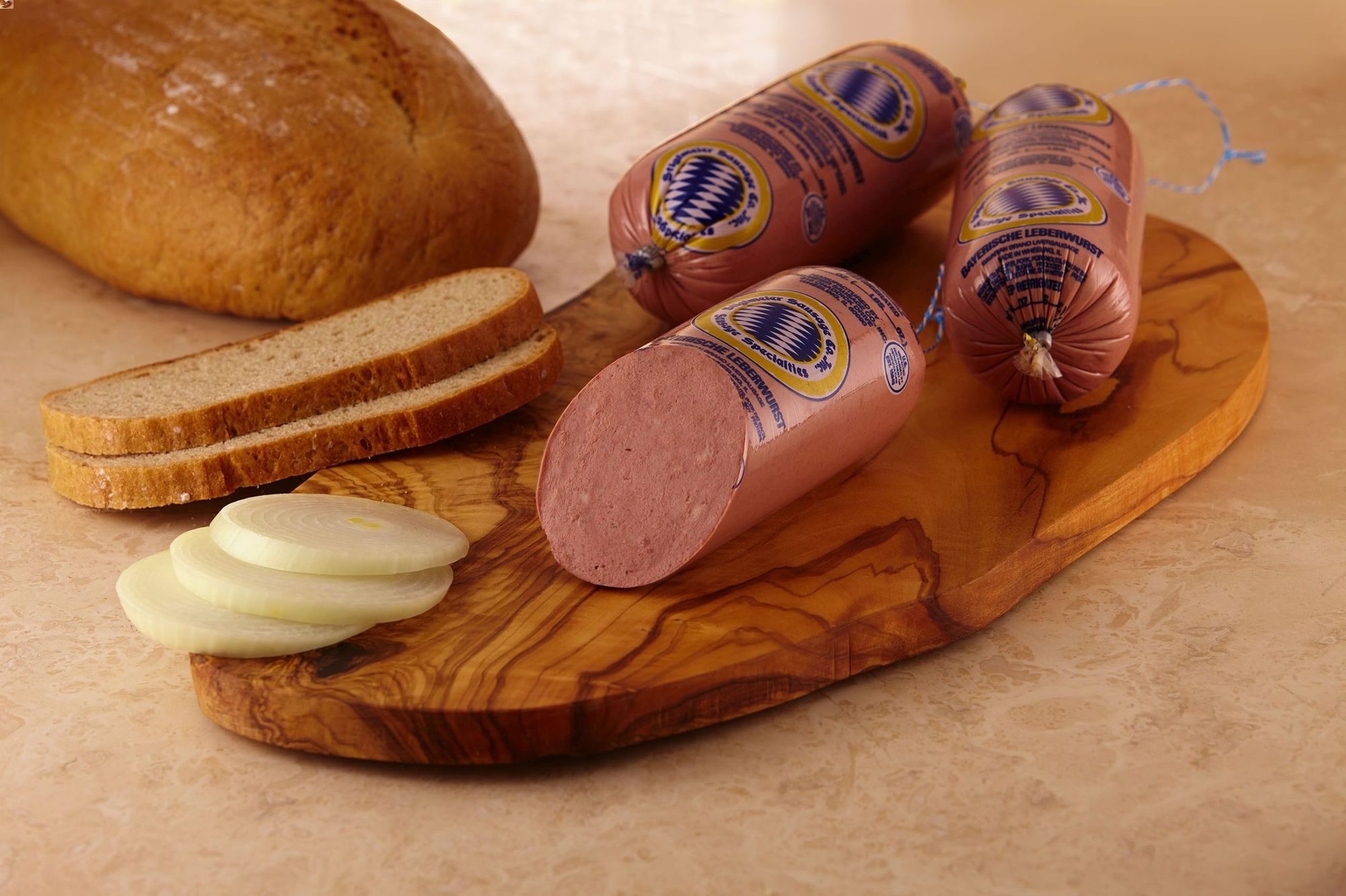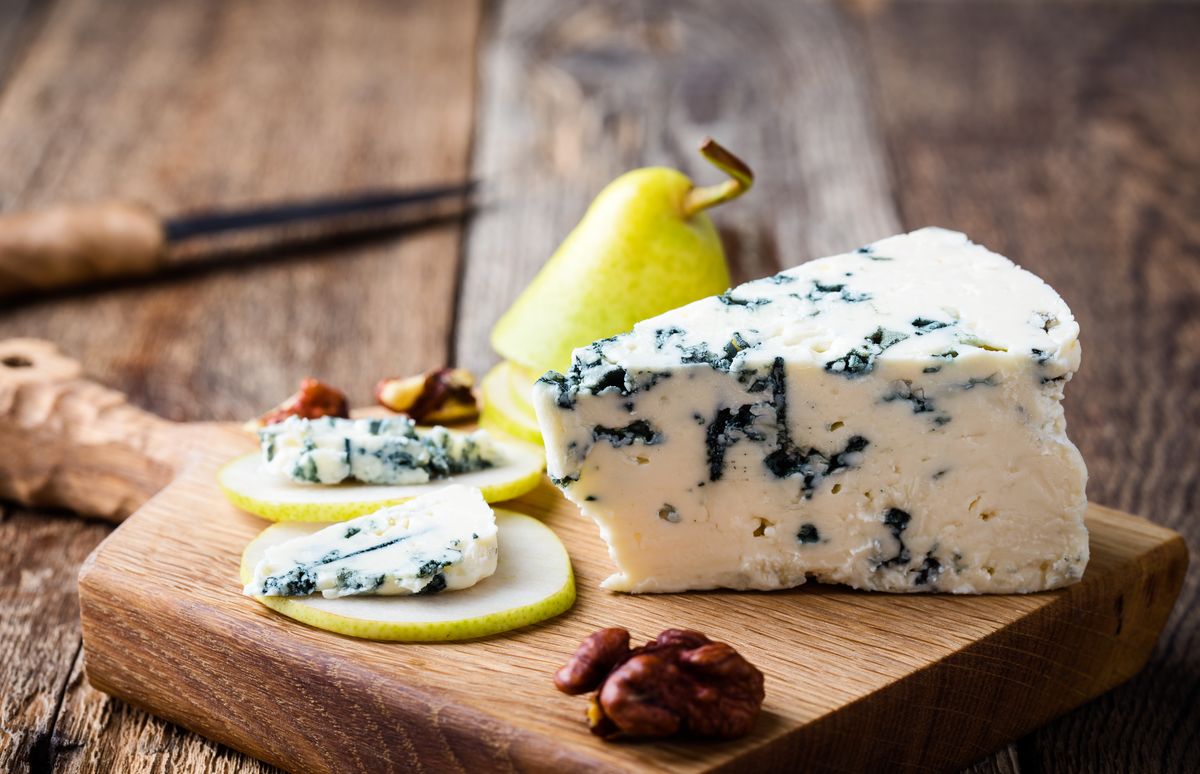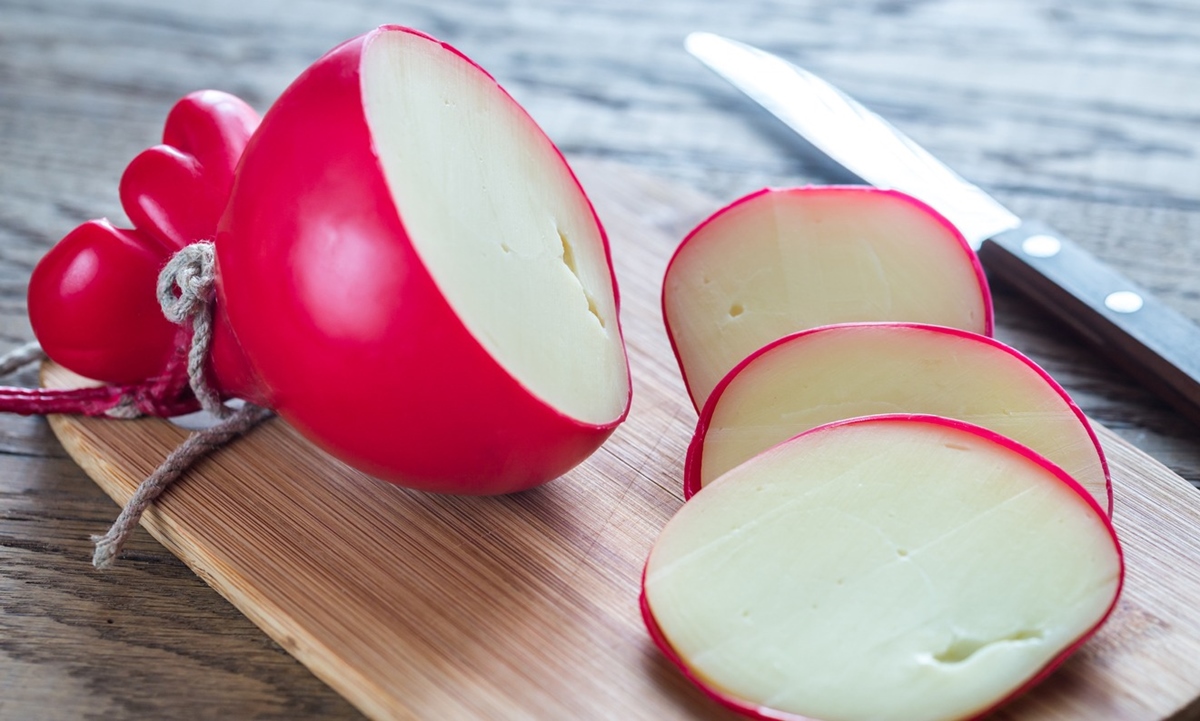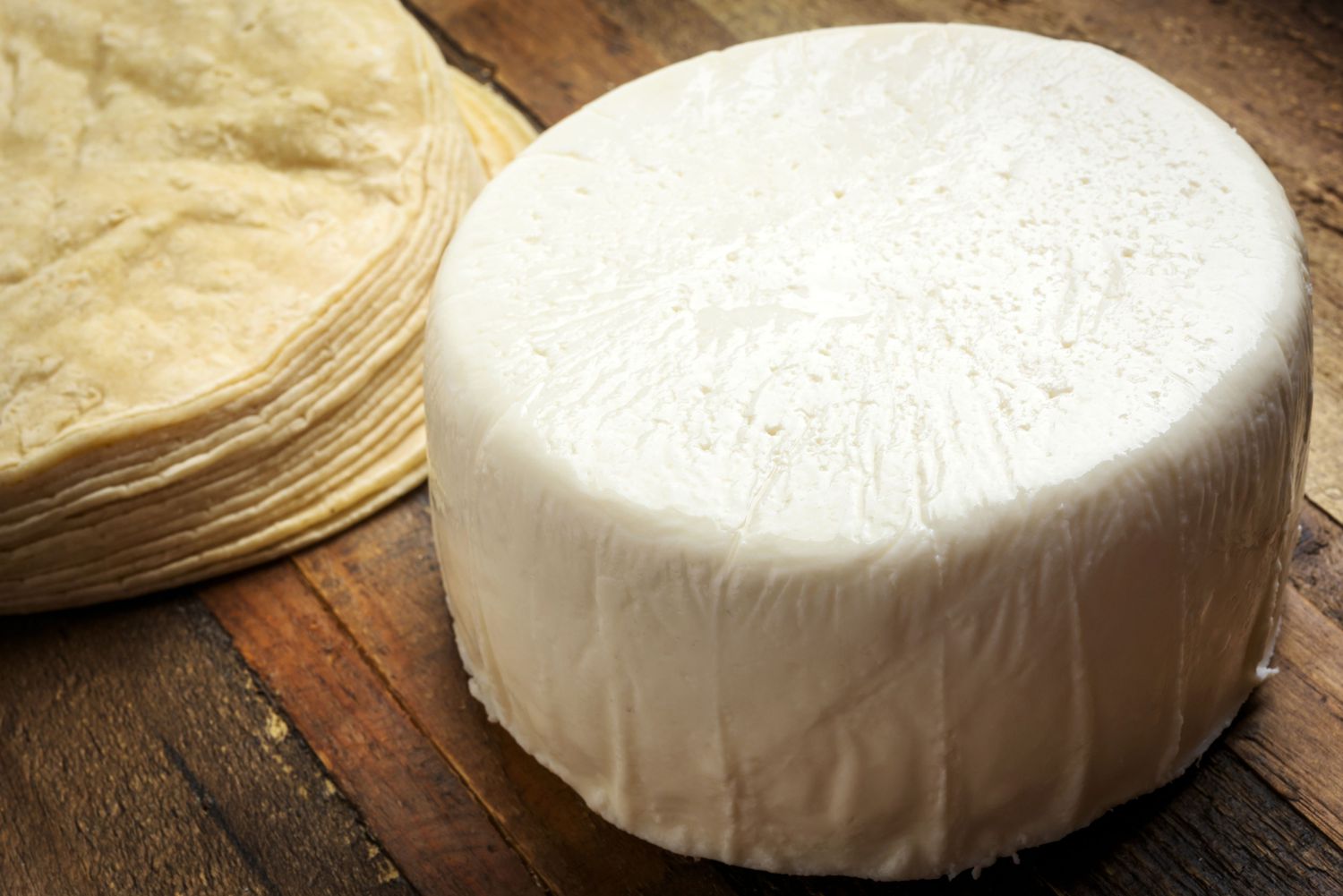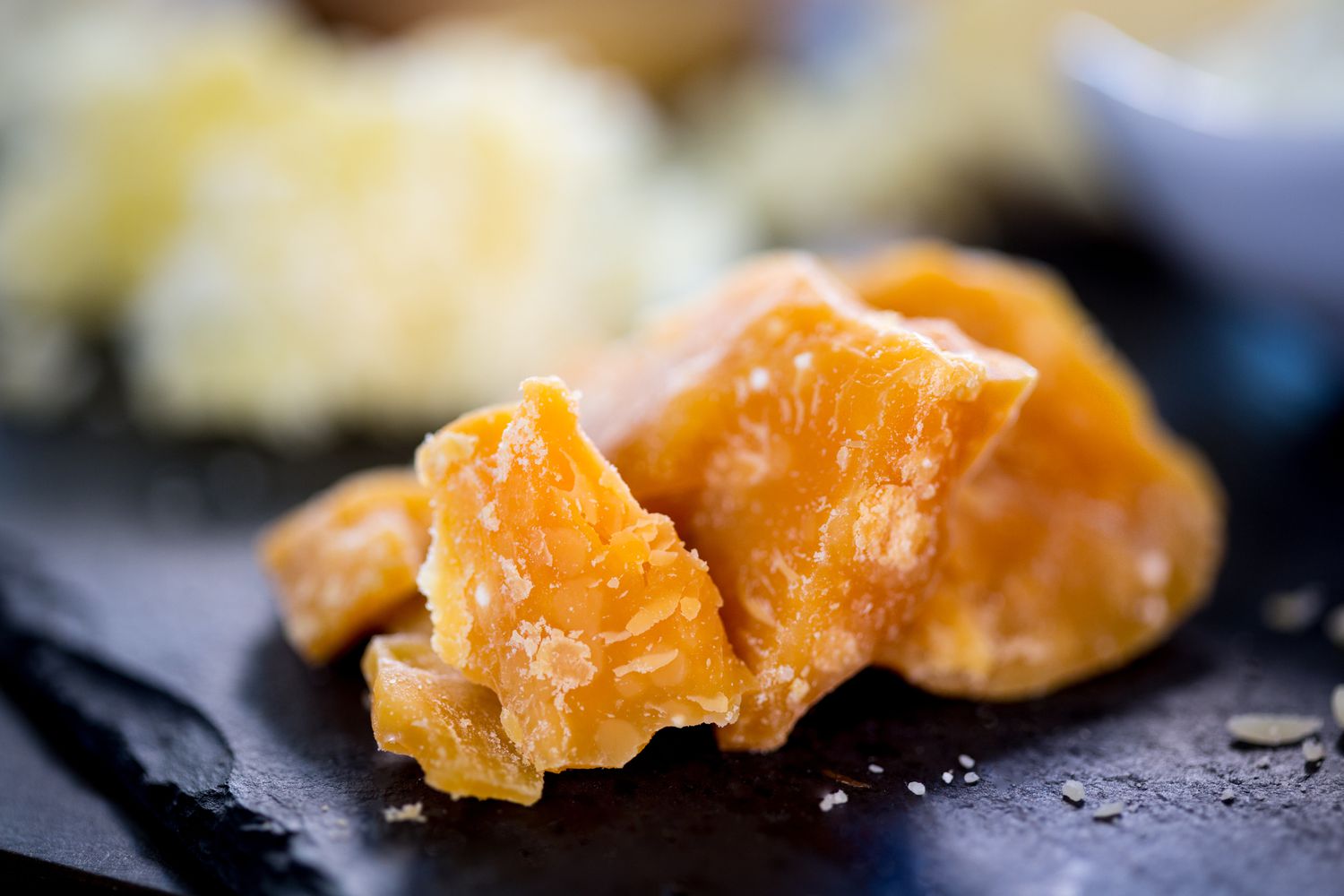Creating the Perfect Cheeseboard: Ideas and Inspiration
When it comes to hosting a gathering or simply indulging in a delicious snack, a cheeseboard is always a crowd-pleaser. Whether you’re a cheese aficionado or a novice in the world of fromage, putting together a visually appealing and mouthwatering cheeseboard is easier than you may think. From selecting the right cheeses to complementing them with delightful accompaniments, here are some ideas and inspiration for what to serve on a cheeseboard.
1. Start with a Variety of Cheeses
One of the keys to a successful cheeseboard is to offer a diverse selection of cheeses. Aim for a mix of flavors, textures, and types. Consider including:
- Aged and hard cheeses, like sharp cheddar or aged Gouda.
- Soft and creamy cheeses, such as brie or Camembert.
- Blue cheeses for a tangy and bold option, like Roquefort or Stilton.
- Goat cheeses, like fresh chèvre or creamy Bucheron.
Remember to let the cheeses come to room temperature to enhance their flavors!
2. Add Some Crunch and Texture
Alongside the cheeses, it’s important to include a variety of crunch and texture. These elements not only provide a satisfying contrast to the creaminess of the cheese but also add visual interest to the cheeseboard. Some options to consider are:
- Crackers and breadsticks for a classic and versatile choice.
- Crunchy nuts, such as almonds, walnuts, or pistachios.
- Thinly sliced baguette or artisanal bread for a rustic touch.
- Crisp, fresh vegetables like carrot sticks or cucumber slices.
Having these crunchy additions ensures that every bite is a delightful combination of flavor and texture.
3. Sweet and Savory Pairings
Complementing the cheeses with a variety of sweet and savory pairings is what truly elevates a cheeseboard. Consider including:
- Sweet fruits like grapes, sliced pears, or figs.
- Jams or preserves with flavors that complement the cheeses, such as fig jam with blue cheese.
- Honey or honeycomb – drizzle it over soft cheeses for a touch of sweetness.
- Dried fruits, such as apricots or cranberries.
- Olives or pickles to add a tangy and briny element.
These pairings not only add a burst of flavor but also provide a beautiful array of colors on your cheeseboard.
4. Garnish and Presentation
Last but certainly not least, don’t forget about the garnish and presentation. These final touches can make your cheeseboard visually captivating and inviting. Here are some ideas:
- Fresh herbs, like sprigs of rosemary or thyme, for a touch of greenery.
- Edible flowers, such as pansies or nasturtiums, for a delicate and colorful addition.
- Artful arrangements of the different cheeses and accompaniments.
- Label each cheese so guests can easily identify their favorites.
Remember, presentation is key to making your cheeseboard an irresistible centerpiece!
A Cheeseboard for Any Occasion
Now that you have some ideas and inspiration for what to serve on a cheeseboard, it’s time to get creative and put together a cheeseboard that suits your taste and the occasion. Whether you’re hosting a casual get-together, a wine and cheese party, or simply treating yourself to a special snack, these tips will help you create the perfect cheeseboard that will impress your guests and satisfy your cravings. So go ahead and start exploring the wonderful world of cheeses and their enticing accompaniments!
